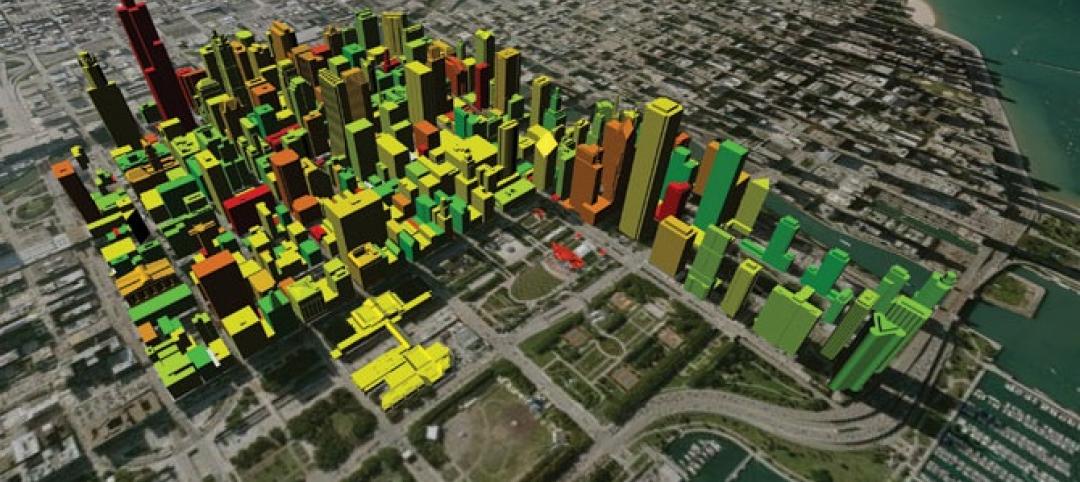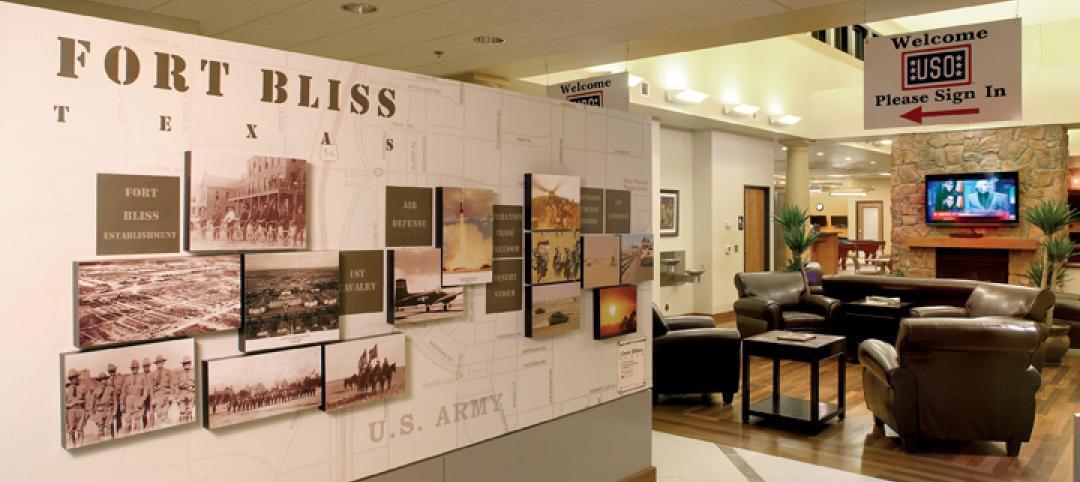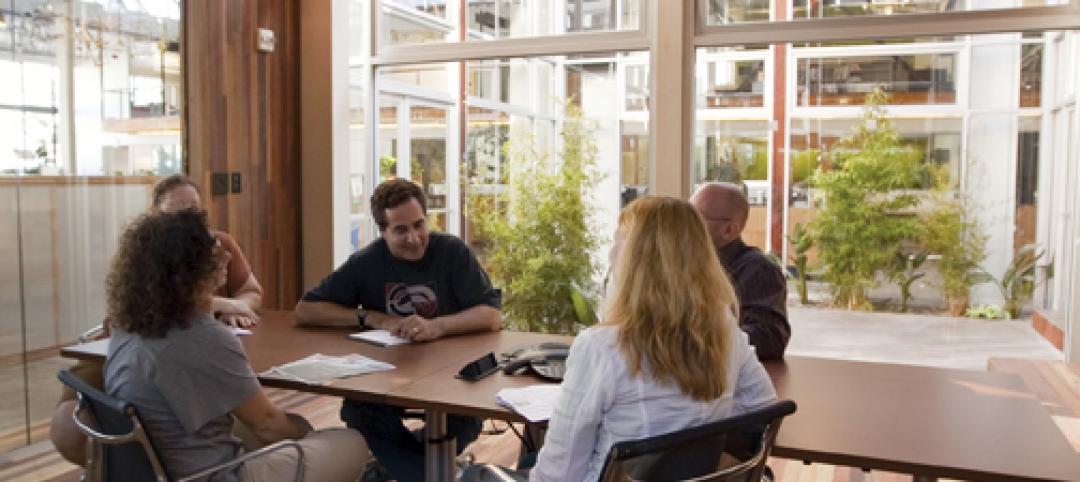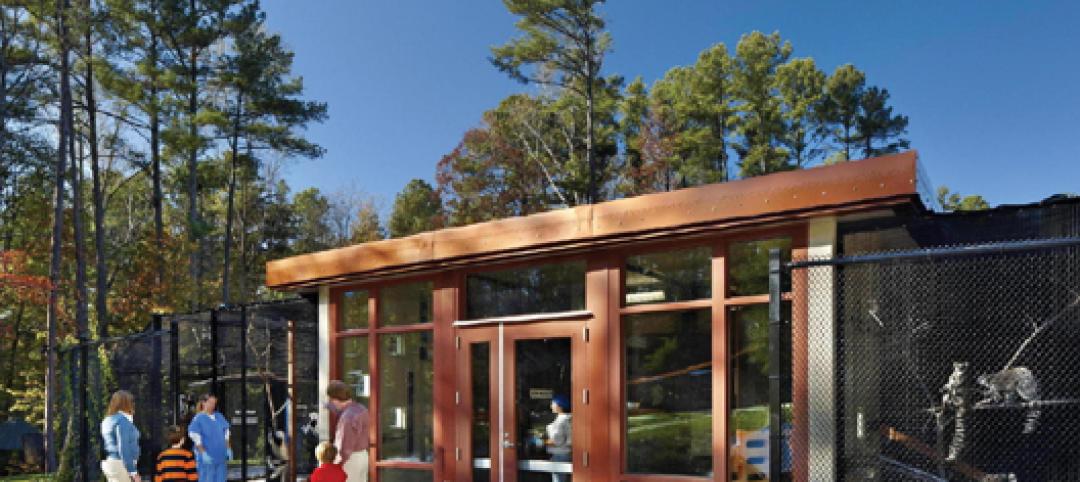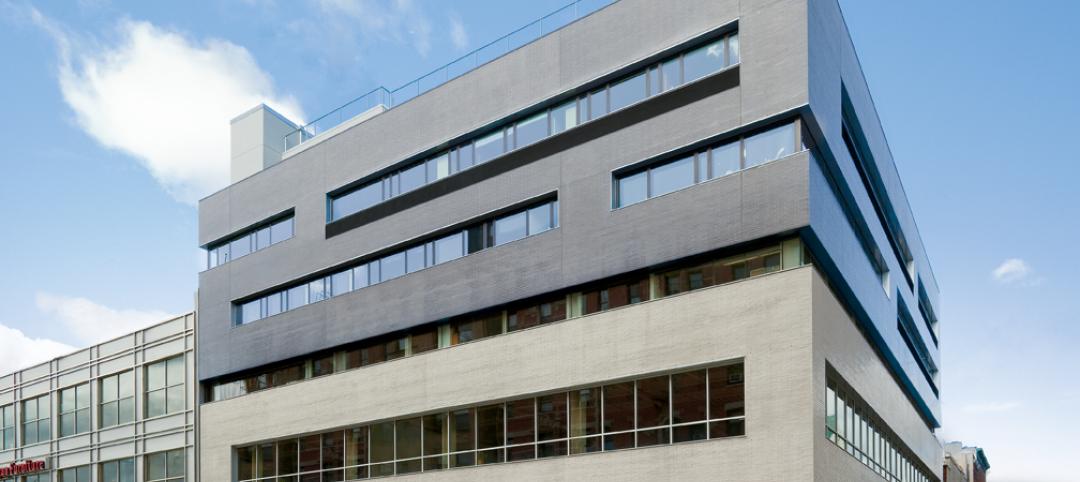Honeywell and Merced College kicked off an energy conservation initiative that aims to reduce the school’s annual operating costs by $180,000 through energy-efficient building upgrades.
The program also includes the launch of an enhanced college curriculum focused on teaching conservation strategies that utilize the energy-efficient building upgrades as a real-world case study for classroom learning.
As part of the project, Honeywell will make building infrastructure improvements to 16 campus buildings, including the installation of energy-efficient lighting and upgraded heating, ventilation and air conditioning (HVAC) systems. Overall, these campus building improvements are expected to trim the college’s electricity use by more than 1.5 million kilowatt-hours annually - enough energy to power nearly 180,000 homes.
Merced College and Honeywell will use the school’s energy usage statistics to develop a course curriculum on sustainability, and raise awareness among students of the positive impact conservation practices contribute to the community. As part of this program, using Honeywell’s Energy Management System (EMS), Sustainability Interns will track resource usage in 16 campus buildings. The interns will develop a newsletter to update students, faculty and staff on the program’s progress and help lead additional campus-wide conservation efforts, such as recycling competitions and car-sharing programs.
Honeywell will complete the building system enhancements and future maintenance under a 15-year, $3.1 million performance contract. This will allow school officials to pay for the upgrades using the cost savings generated, which Honeywell guarantees. As a result, the program won’t increase school budgets or require additional funding.
Honeywell will implement a variety of conservation measures across campus buildings, including:
· Sub-meters in 16 campus buildings to provide facility personnel with a more granular view of energy usage throughout campus from a centralized energy management system
· Updated HVAC systems for the gymnasium, student union, theater and computer services building to improve energy efficiency
· High-efficiency lighting for building exteriors and interiors, including light-emitting diode (LED) lights. BD+C
Related Stories
| Jan 25, 2011
Bloomberg launches NYC Urban Tech Innovation Center
To promote the development and commercialization of green building technologies in New York City, Mayor Michael R. Bloomberg has launched the NYC Urban Technology Innovation Center. This initiative will connect academic institutions conducting underlying research, companies creating the associated products, and building owners who will use those technologies.
| Jan 25, 2011
Top 10 rules of green project finance
Since the bottom fell out of the economy, finding investors and financial institutions willing to fund building projects—sustainable or otherwise—has been close to impossible. Real estate finance prognosticators, however, indicate that 2011 will be a year to buy back into the real estate market.
| Jan 25, 2011
Chicago invented the skyscraper; can it pioneer sustainable-energy strategies as well?
Chicago’s skyline has always been a source of pride. And while few new buildings are currently going up, building owners have developed a plan to capitalize on the latest advances: Smart-grid technologies that will convert the city’s iconic skyline into what backers call a “virtual green generator” by retrofitting high-rise buildings and the existing electrical grid to a new hyper-connected intelligent-communications backbone.
| Jan 25, 2011
AIA reports: Hotels, retail to lead U.S. construction recovery
U.S. nonresidential construction activity will decline this year but recover in 2012, led by hotel and retail sectors, according to a twice-yearly forecast by the American Institute of Architects. Overall nonresidential construction spending is expected to fall by 2% this year before rising by 5% in 2012, adjusted for inflation. The projected decline marks a deteriorating outlook compared to the prior survey in July 2010, when a 2011 recovery was expected.
| Jan 25, 2011
Jester Jones Schifer Architects, Ltd. Joins GPD Group
GPD Group is excited to announce that Jester Jones Schifer Architects, a Marion-based architectural firm, has joined our firm, now enabling GPD Group to provide architectural services to the Central-Ohio market.
| Jan 21, 2011
Combination credit union and USO center earns LEED Silver
After the Army announced plans to expand Fort Bliss, in Texas, by up to 30,000 troops, FirstLight Federal Credit Union contracted NewGround (as CM) to build a new 16,000-sf facility, allocating 6,000 sf for a USO center with an Internet café, gaming stations, and theater.
| Jan 21, 2011
Manufacturing plant transformed into LEED Platinum Clif Bar headquarters
Clif Bar & Co.’s new 115,000-sf headquarters in Emeryville, Calif., is one of the first buildings in the state to meet the 2008 California Building Energy Efficiency Standards. The structure has the largest smart solar array in North America, which will provide nearly all of its electrical energy needs.
| Jan 21, 2011
Primate research facility at Duke improves life for lemurs
Dozens of lemurs have new homes in two new facilities at the Duke Lemur Center in Raleigh, N.C. The Releasable Building connects to a 69-acre fenced forest for free-ranging lemurs, while the Semi-Releasable Building is for lemurs with limited-range privileges.
| Jan 21, 2011
Harlem facility combines social services with retail, office space
Harlem is one of the first neighborhoods in New York City to combine retail with assisted living. The six-story, 50,000-sf building provides assisted living for residents with disabilities and a nonprofit group offering services to minority groups, plus retail and office space.



